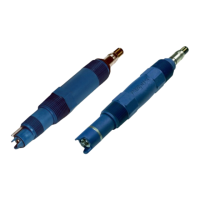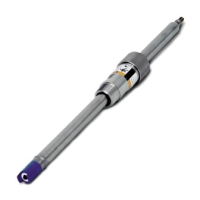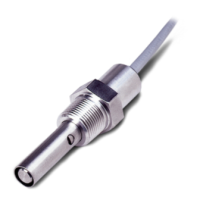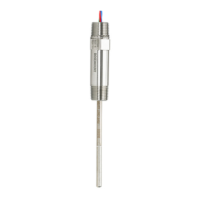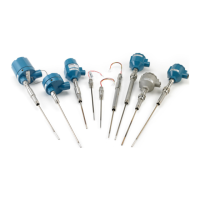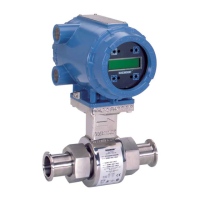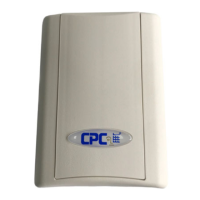63
Reference Manual
00809-0100-4804, Rev CB
Safety Instrumented Systems
November 2016
Safety Instrumented Systems
6.1.4 Rosemount 3051S SIS operation and maintenance
Proof test
The following proof tests are recommended.
In the even an error is found in the safety and functionality, proof test results and corrective actions
taken can be documented at Emerson.com/Rosemount/Safety-Web-Apps/Report
.
All proof test procedures must be carried out by qualified personnel.
Use Fast Keys referenced in “Calibration” on page 44 to perform a Loop Test, Analog Output Trim, or
Sensor Trim. Security switch should be in the ( ) position during proof test execution and repositioned
in the ( ) position after execution.
Comprehensive proof test
The comprehensive proof test consists of performing the same steps as the simple suggested proof test
and a two point calibration of the pressure sensor. Reference the FMEDA Report for percent of possible
DU failures in the device.
FMEDA report can be found at Emerson.com/Rosemount/Safety
.
Required tools: Field Communicator and pressure calibration equipment.
1. Bypass the safety function and take appropriate action to avoid a false trip.
2. Use HART communications to retrieve any diagnostics and take appropriate action.
3. Send a HART command to the transmitter to go to the high alarm current output and verify that the
analog current reaches that value.
(1)
4. Send a HART command to the transmitter to go to the low alarm current output and verify that the
analog current reaches that value.
(2)
5. Perform complete system calibration (zero and upper trims for P
HI
and P
LO
, zero trim for DP)
6. Remove the bypass and otherwise restore normal operation.
7. Place the Security switch in the ( ) position.
Note
The user determines the proof test requirements for impulse piping.
Automatic diagnostics are defined for the corrected % DU: The tests performed internally by the device
during runtime without requiring enabling or programming by the user.
6.1.5 Inspection
Visual inspection
Not required
Special tools
Not required
1. This tests for compliance voltage problems such as a low power supply voltage or increased wiring resistance. This also tests for other possible failures.
2. This tests for possible quiescent current related failures.
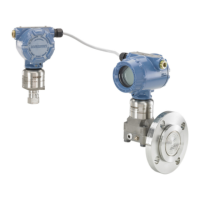
